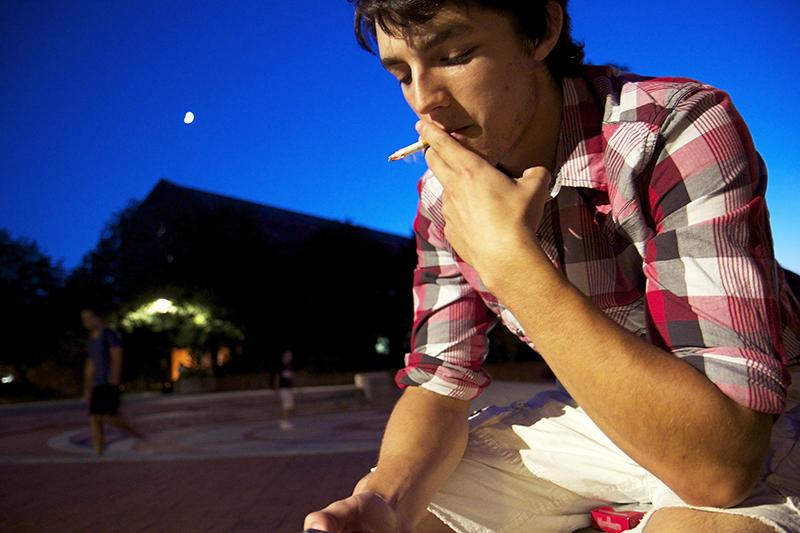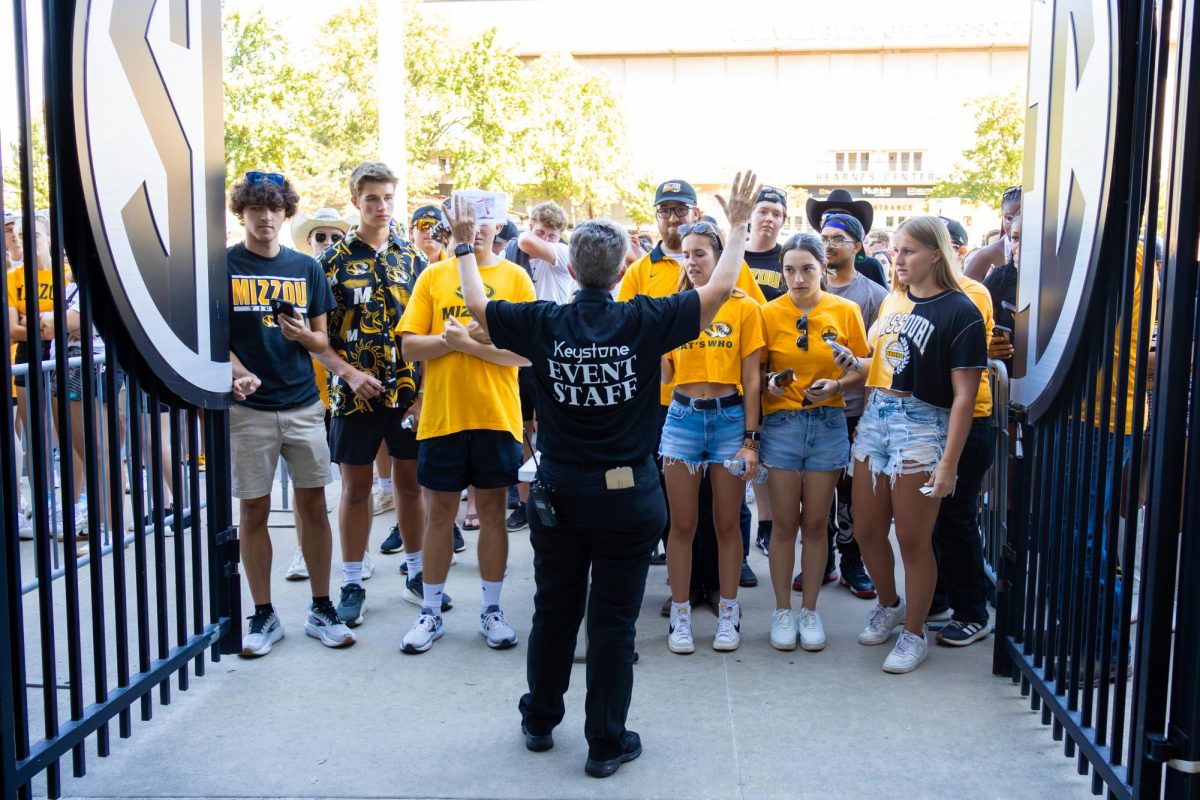Trudging out of class, freshman Brook Swing noticed something peculiar.
The person about to walk past him was smoking.
As he passed, Swing walked through the lingering cloud of smoke. He found it unusual, given all he had heard about MU’s new smoke-free policy.
“Smoking doesn’t really bother me,” Swing said. “But if you have sensitive lungs and you’re personally really affected by smoke, I could see why you’d be mad.”
The smoke-free policy is the product of a student-led initiative, said Tiffany Bowman, Wellness Resource Center’s tobacco cessation coordinator. That initiative led Chancellor Brady Deaton to announce a plan in 2009 that would make MU a smoke-free campus within five years.
The first phase of the plan, implemented in 2009, mandated that smokers stand at least 20 feet from the entrance of campus buildings. The second phase, implemented in July 2011, required that faculty, staff and students only smoke in designated areas, such as the top levels of select parking garages.
The third phase of the plan, creating an entirely smoke-free campus, was originally slated to go into effect Jan. 1, 2014. At the urging of former MSA President Xavier Billingsley, the third phase was implemented July 1, 2013, Bowman said.
According to the [policy’s website](smokefree.missouri.edu), violations of the policy are to be addressed by anyone on campus.
“Compliance is everyone’s business,” according to the website. “If you see someone violating the smoking policy, please approach the person in a kind, compassionate way.”
The website goes on to say, “If a person continues to smoke after being reminded about the policy, you’re encouraged report him or her to the dean or building manager in charge of the nearest building. You may report an employee to his or her supervisor or to Human Resources.”
Bowman said that despite a small minority not abiding by the policy, it is still largely successful.
“Like with any student, faculty or staff policy, there may not be 100 percent compliance,” she said. “But it doesn’t mean you shouldn’t have the policy. It doesn’t mean the policy doesn’t work.”
It takes time to educate faculty, staff and students about any large policy changes, Bowman said.
“With anything like this, it’s a yearlong educational campaign process,” she said. “We need a good solid year to remind people, at least. It’s also ongoing with new students coming in every year.”
Bowman said she personally has seen a large drop in the number of smokers on campus, and that when she does see smokers, they are away from areas of major activity.
“If you factor in the fact that it’s only been two months, there might still be an occasional person, but it’s still working,” Bowman said. “You don’t see people congregating in Speakers Circle like you used to.”
Senior John N., a smoker who asked that his full name not be revealed, said he understands making designated smoking areas, but also said he believes the new smoke-free policy is overkill.
“It just basically marginalizes smokers, pushes them to the outer edges,” he said.
John N. said he thinks bringing back smoking areas or lifting the ban in general would be a good idea, but he believes the university should do what is easiest.
Swing, on the other hand, said he thinks the policy is working on campus.
“For the three weeks we’ve been in school, I’ve seen people smoking three or four other times,” Swing said. “I would say the policy is effective. However, I do see a lot of people smoking in Columbia. If they want to smoke, they can just walk a few blocks over there and do it.”








